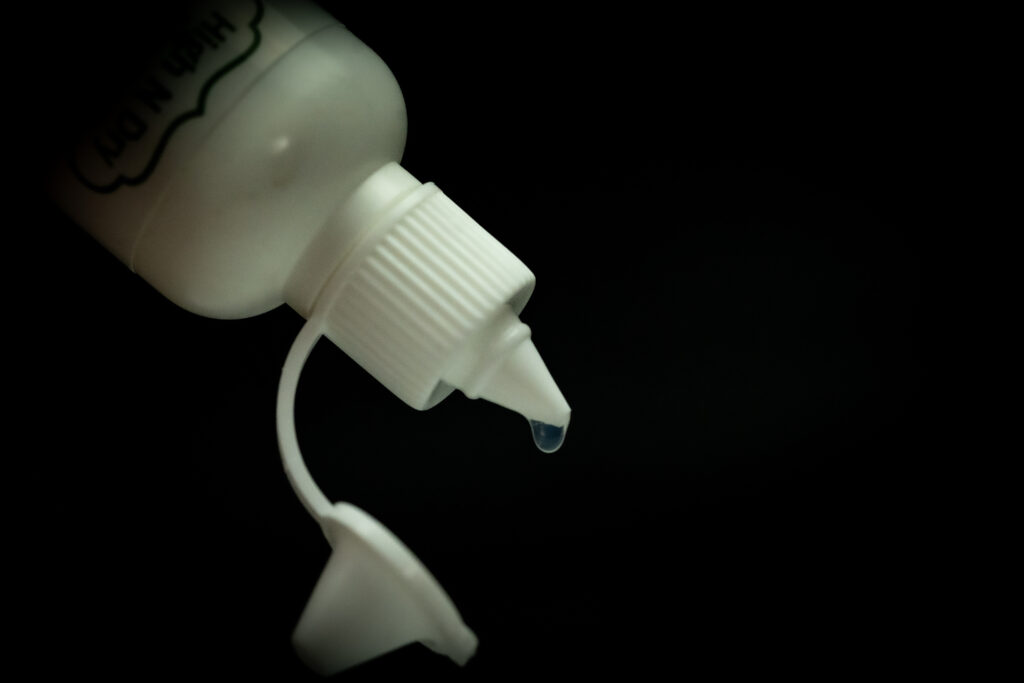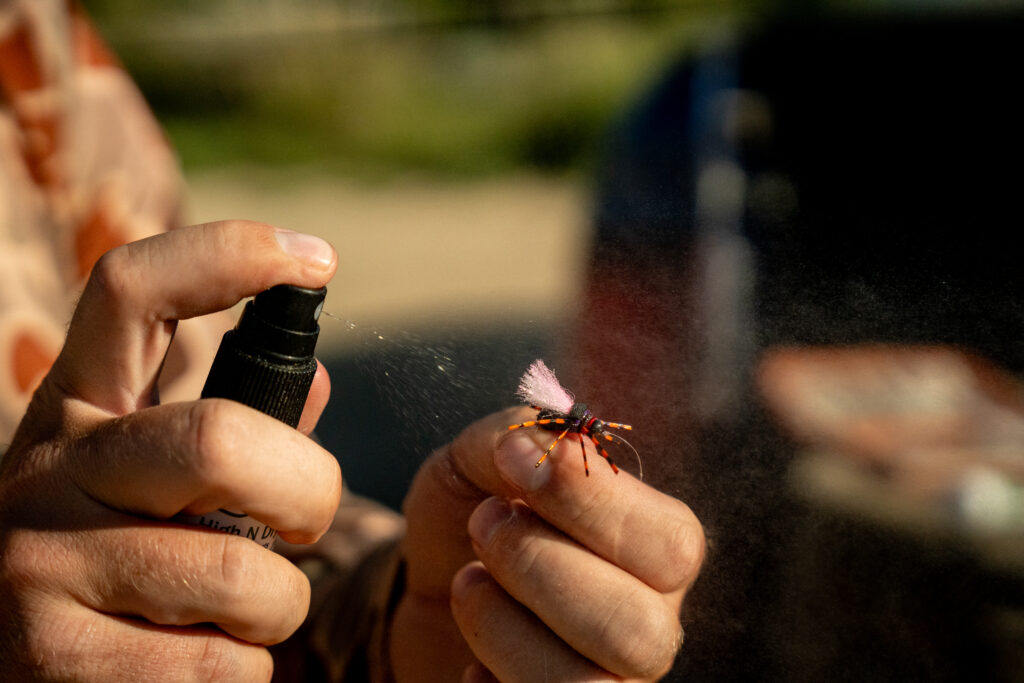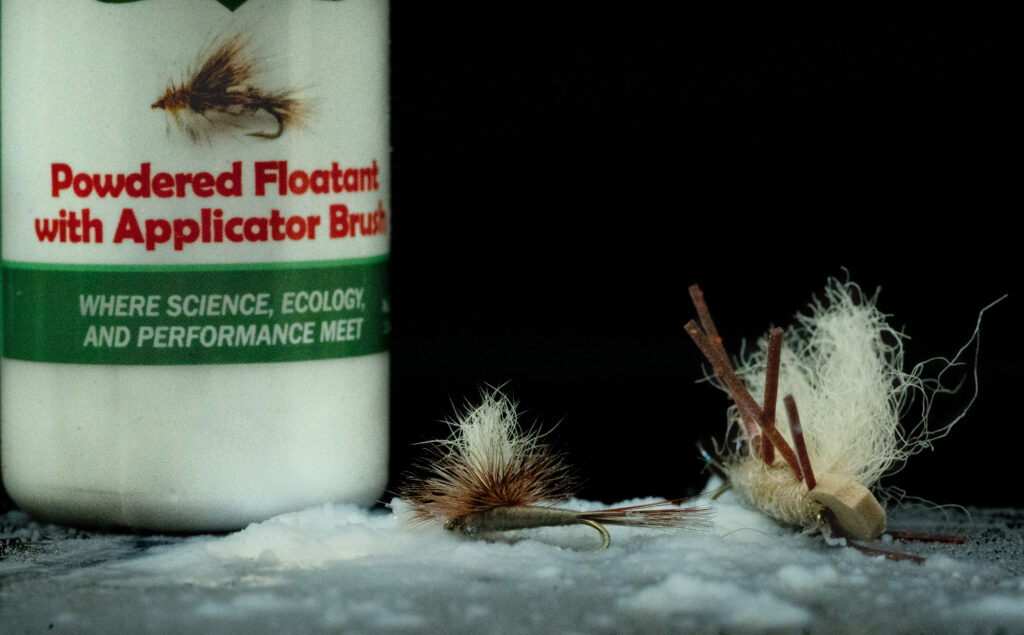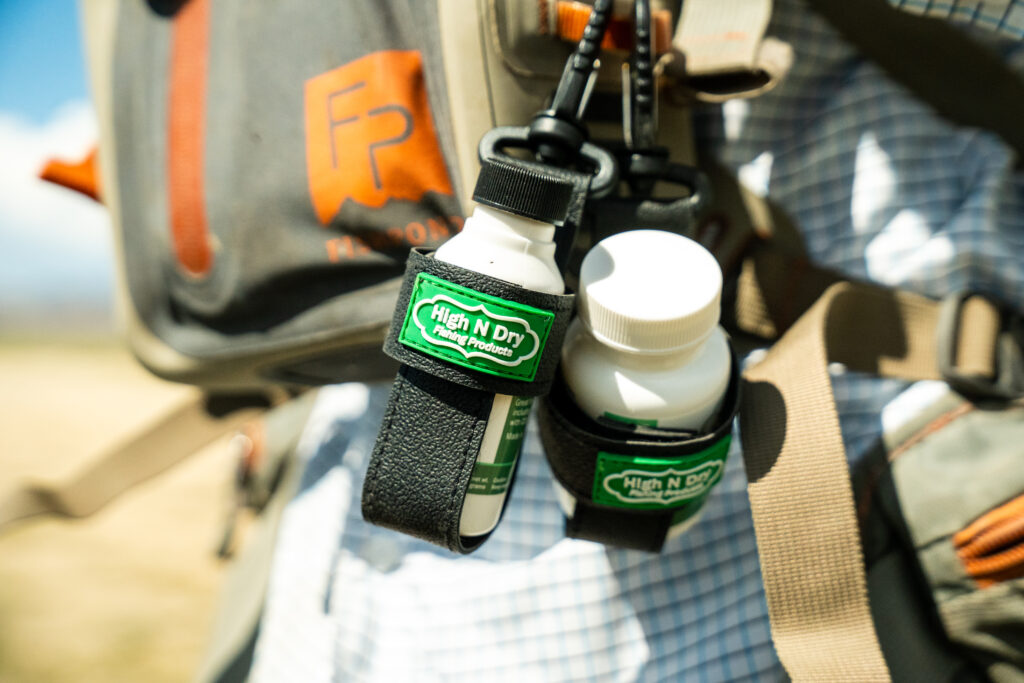Archive for August 2024
The Essential Guide to Fly Fishing Floatants
Fly fishing, with its delicate artistry and precise technique, demands not only skill but also the right equipment. Among the myriad tools and accessories fly fishers rely on, floatants play a crucial role in ensuring that flies perform optimally on the water. In this guide, we’ll explore the various types of fly fishing floatants available, their uses, and how to choose the right one for your needs.
What is a Fly Fishing Floatant?
A fly fishing floatant is a substance applied to fly patterns to make them buoyant or maintain their buoyancy. Since many flies are designed to mimic insects that float or skitter on the water’s surface, a floatant helps keep these patterns from sinking and losing their effectiveness. Floatants are essential for maintaining the natural presentation of dry flies, which are often the key to attracting fish.
Types of Fly Fishing Floatants
Gel Floatants
Description: Gel floatants often have a thick, viscous consistency that allows for precise application. High N Dry’s Gel Floatant, however, is designed to be a bit thinner than the other gel products on the market so that it can be applied to finer fly fibers, such as CDC. Gels are typically dispensed from a tube or bottle and are easy to apply to specific areas of the fly.
Benefits: Gel floatants are excellent for achieving long-lasting buoyancy. They are less likely to be washed off by water or cast, making them ideal for high- stress fishing situations. In fact, unlike other gels, High N Dry’s Gel Floatant soaks in to the fly fibers, creating even longer lasting waterproofing.
Usage: Best for fly fishers that like to dress particular areas of the fly and for flies that need a high degree of buoyancy or when fishing in challenging conditions where the fly is likely to be submerged or affected by currents.

Liquid Floatants
Description: Liquid floatants can be applied in two different methods – either by dipping a fly in a bottle or using a spray bottle. Dipping the fly is quick, easy, and will coat the entire fly with floatant. Spray floatants come in aerosol or pump bottles and can also be applied quickly and evenly, but also allow for treatment of specific areas of a fly.
Benefits: Liqiud based floatants are a convenient and efficient way of treating flies and are often used as a general-purpose floatant. Like the Gel Floatant, both High N Dry Liquid Floatant and Liquid Spray Floatant soak into the fly fibers and waterproof from the inside out, creating a longer lasting effect on the fly.
Usage: Ideal for anglers who aren’t as particular about which parts of the fly they want to treat and for those who prefer a quick and easy application process.

Powder Floatants
Description: Powder floatants are dry powders that are usually applied by brush or dipping the fly into the powder. Some powder floatants also include desiccant, which absorbs water as well. Powders generally trap air, which creates a buoyancy effect. High N Dry offers both a straight powdered floatant with an applicator brush and a combination powdered floatant with desiccant.
Benefits: Where the liquid and gel floatants waterproof the fly, powder-based floatants are better at clinging to the fly fibers, trapping air, and adding buoyancy. Powders that also include desiccant are perfect for reviving a fish-slimed or drowned fly for continued use.
Usage: Should be used in conjunction with a gel or liquid floatant, but also great for those fly fishers that like to dress certain areas of the fly (powder with brush) or for reviving fish-slimed or waterlogged flies during use (powder with desiccant).

Choosing the Right Floatant
When selecting a floatant, consider the following factors:
Type of Fly: Different flies require different levels of buoyancy. Dry flies may need more robust floatants, while emergers and nymphs might benefit from lighter options.
Fishing Conditions: Assess the conditions you’ll be fishing in. For example, if you’re fishing in heavy rain or fast-moving water, a more durable floatant like liquid or gel might be necessary.
Ease of Use: Some floatants are easier to apply than others. Choose a type that fits your preference and the demands of your fishing situation.
Frequency of Use: If you fish regularly or for extended periods, consider floatants that offer long-lasting performance to minimize the need for constant reapplication.
What is the floatant made of: not all floatants are made the same. Consider whether the floatant is made from environmentally friendly materials or whether it includes harmful materials, such as petroleum-based products (all High N Dry products are 100% environmentally friendly).

HIGH N DRY’S SUGGESTIONS:
Regardless of the fishing conditions, we suggest using a combination of either High N Dry’s Gel, Liquid, or Liquid Spray Floatants (applied first) as well as the Powdered Floatant with Applicator Brush. This will both waterproof the fly and add buoyancy. Then, when you need to revive the fly, use High N Dry’s Powdered Floatant and Desiccant.
You should also always apply High N Dry’s Paste Floatant to your tippet and leader. Your fly floats, your fly line floats, you might as well make sure the whole system between the two float as well. While not a “floatant” per se, you should also apply High N Dry’s Fly Line Dressing to your fly line to coat the fly line and ensure it is working as intended.

Conclusion
Floatants are a vital part of any fly fisher’s toolkit, ensuring that your flies perform as intended and remain buoyant on the water’s surface. By understanding the different types available and their uses you can make an informed choice that enhances your fly- fishing experience. Whether you’re an experienced angler or a newcomer, selecting the right floatant can make a significant difference in your success on the water. Happy fishing!
